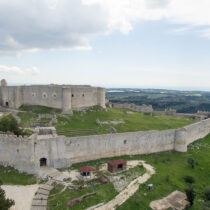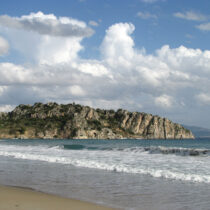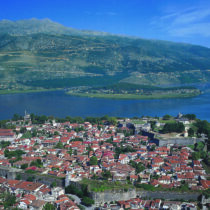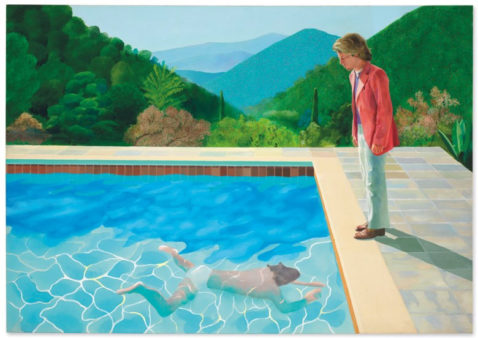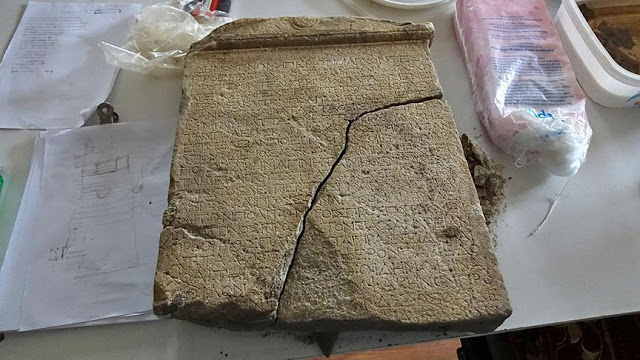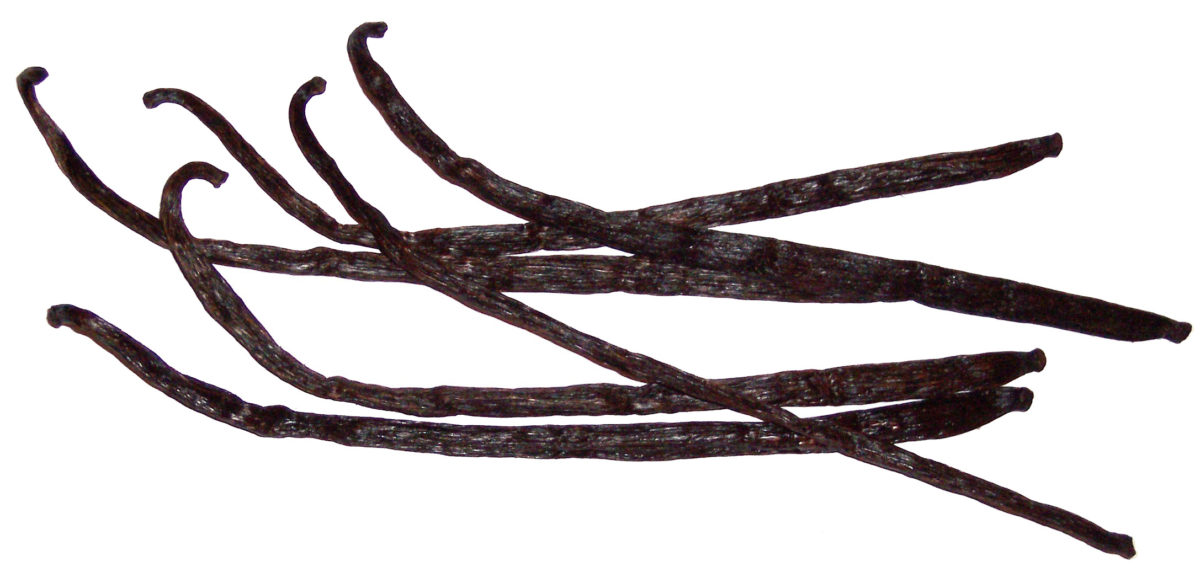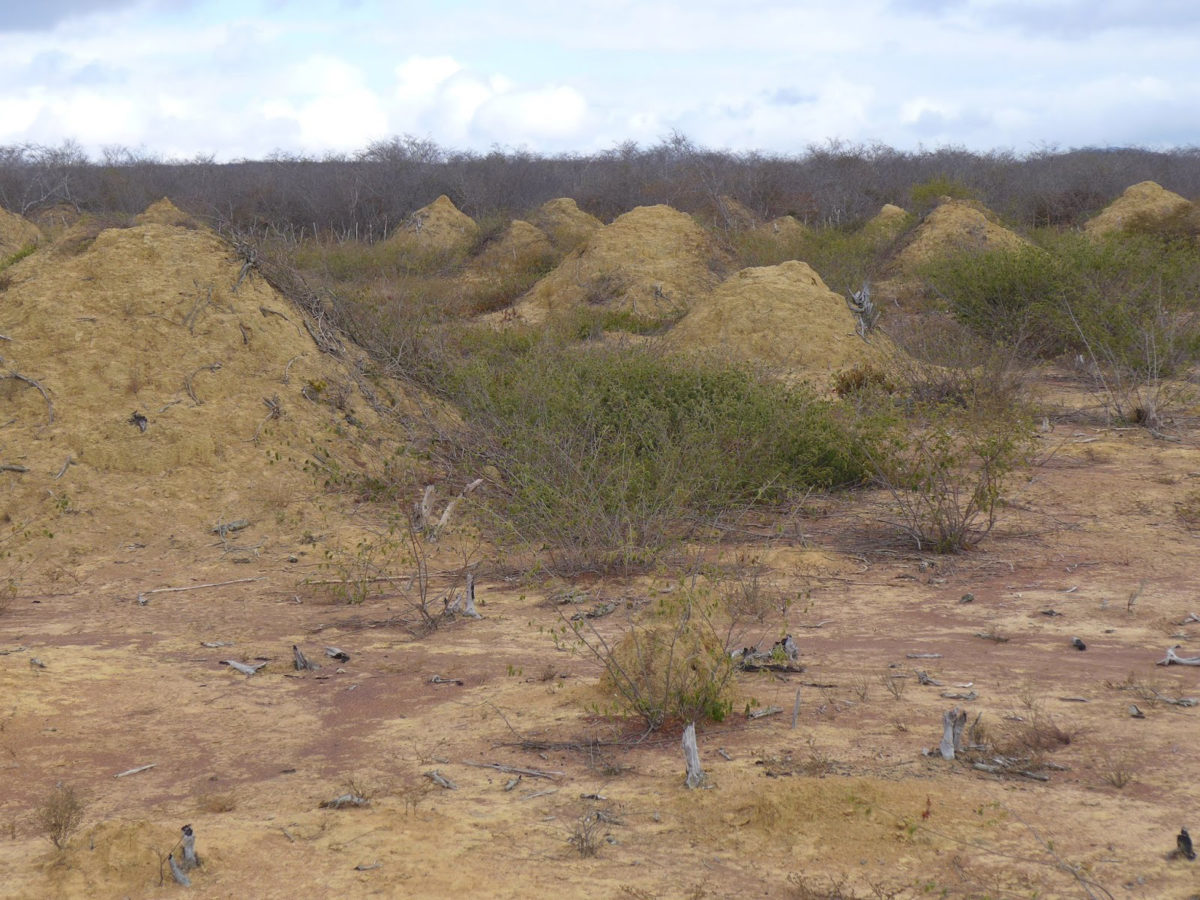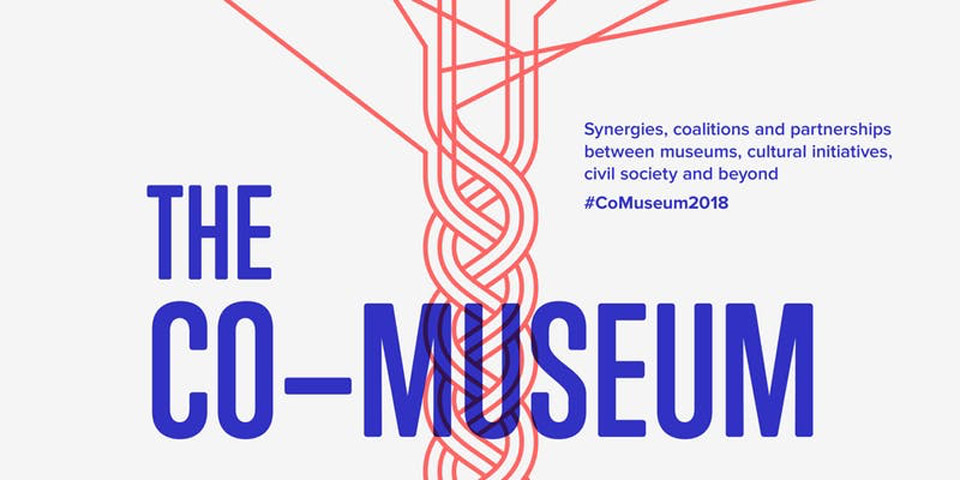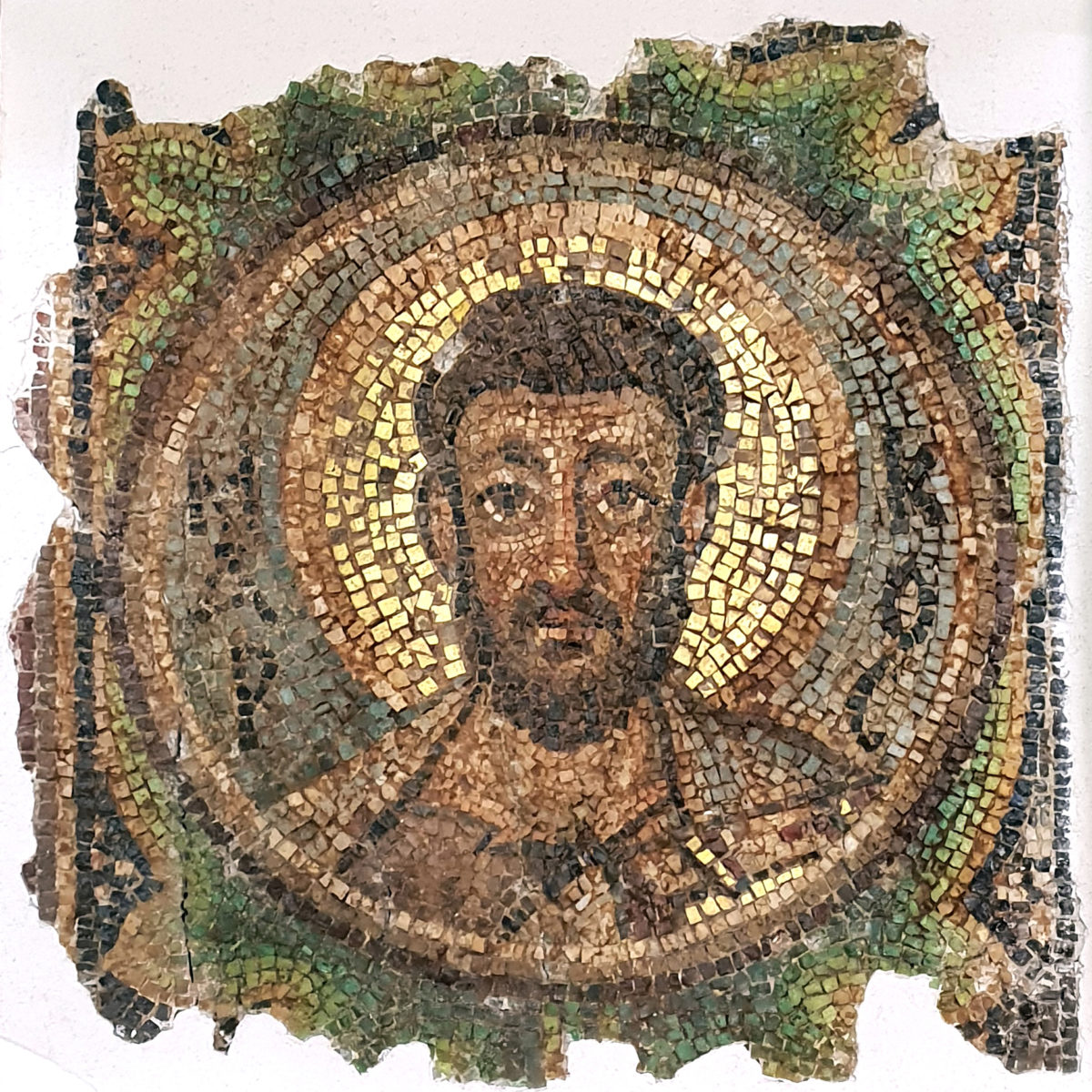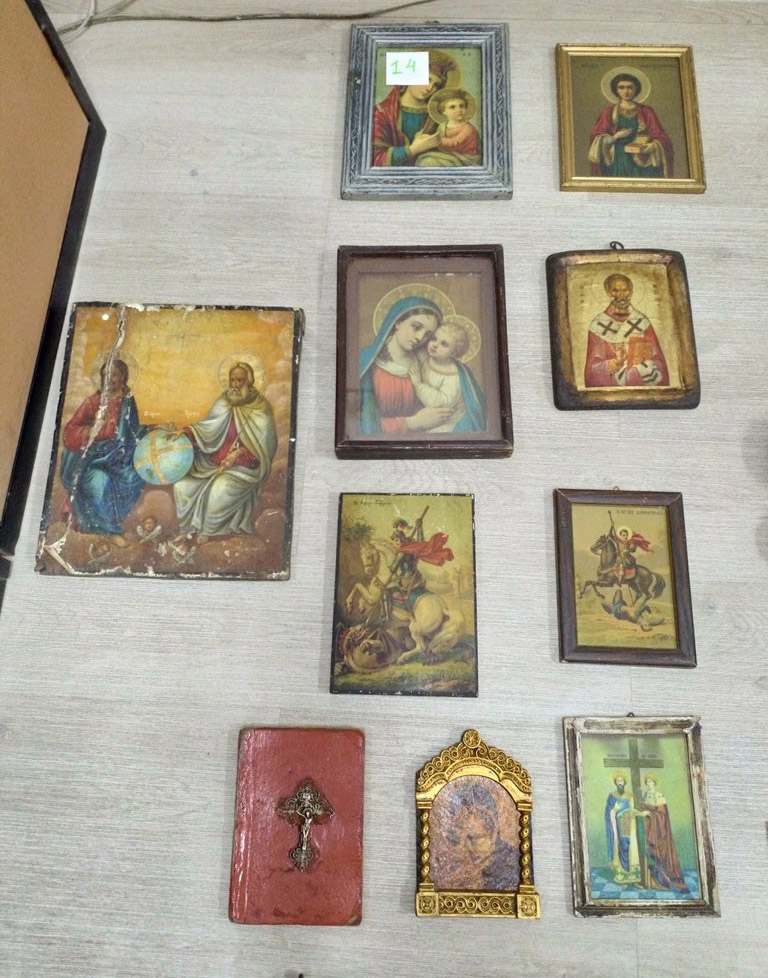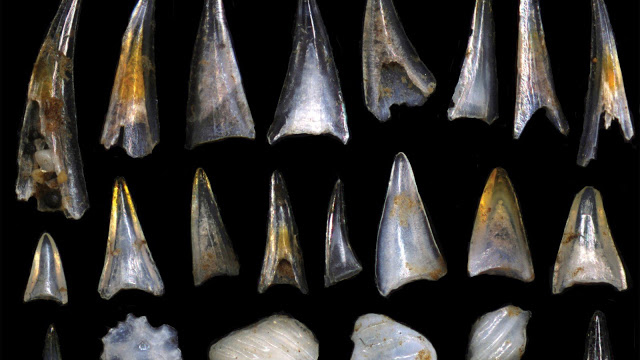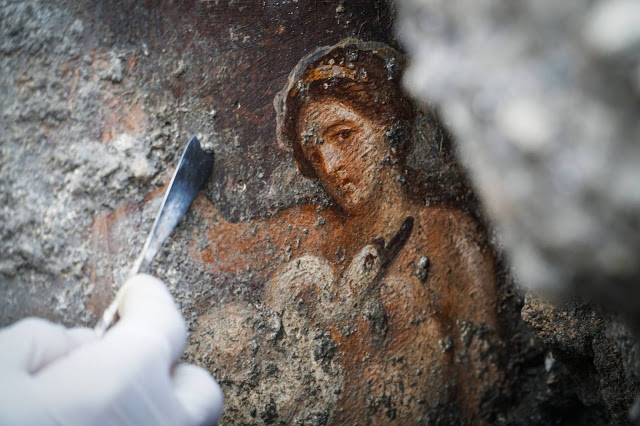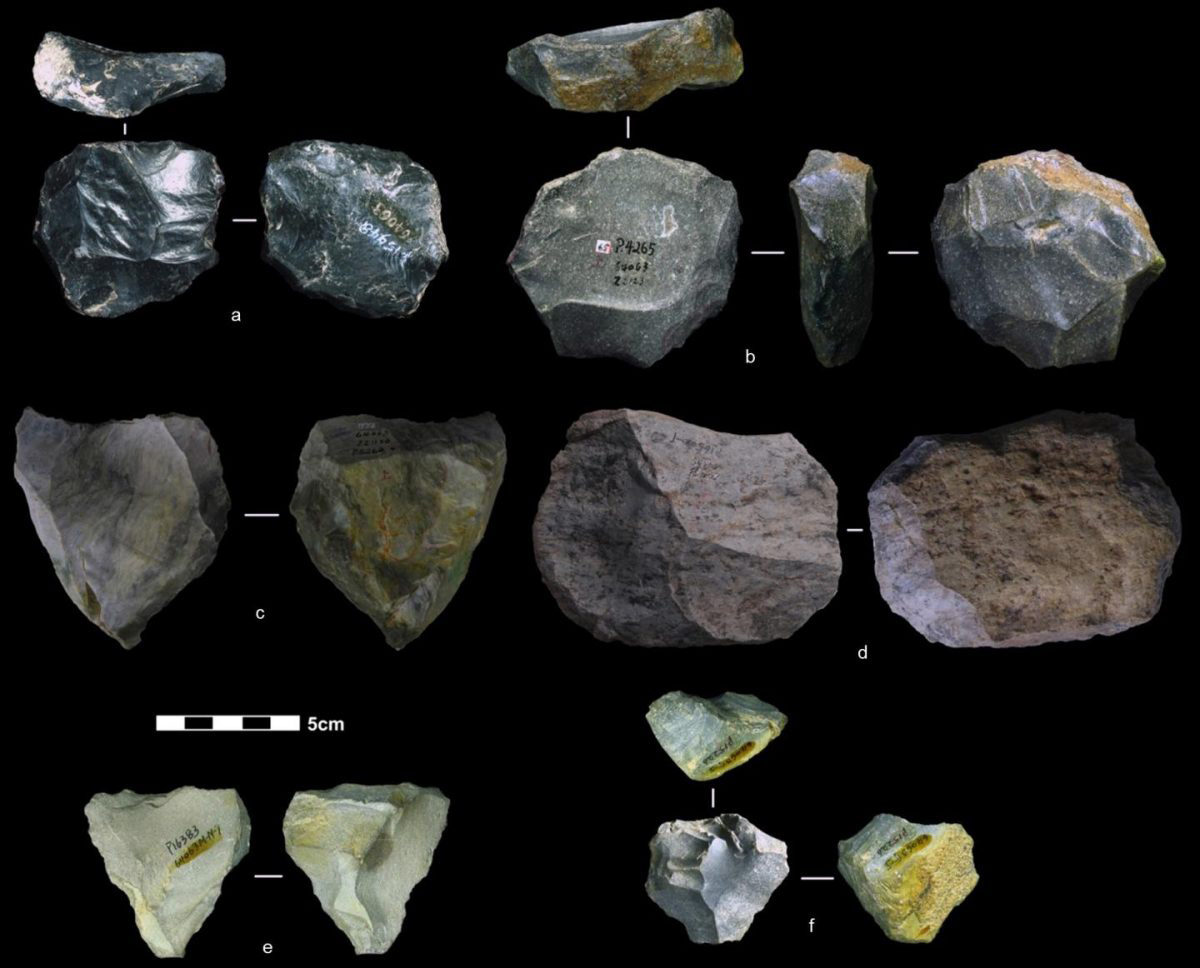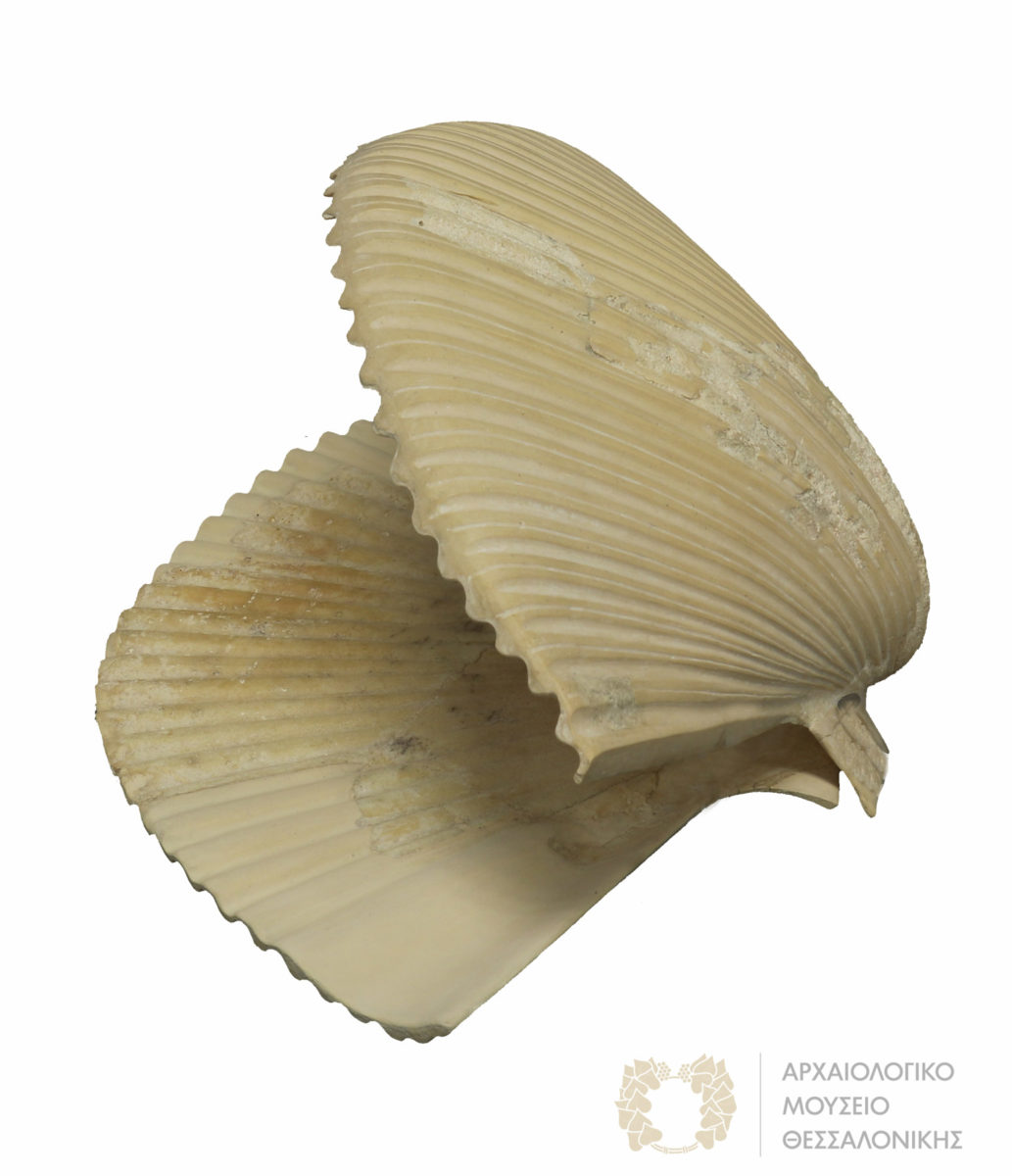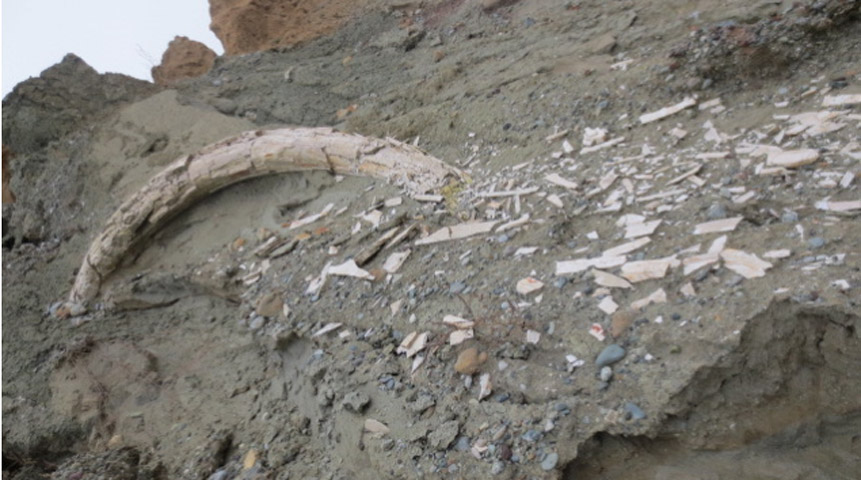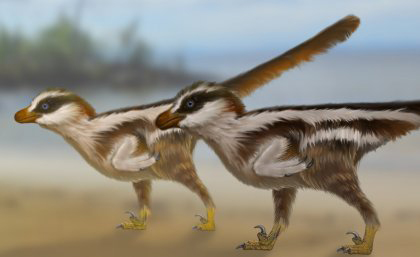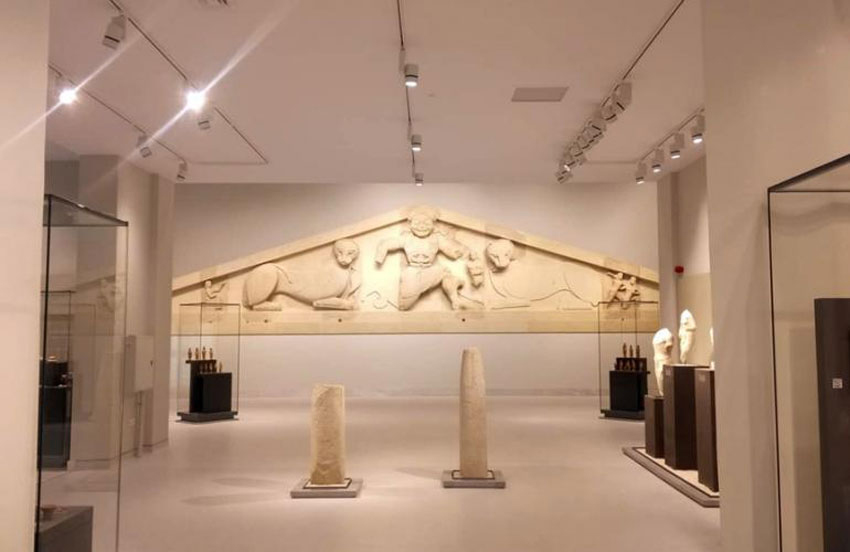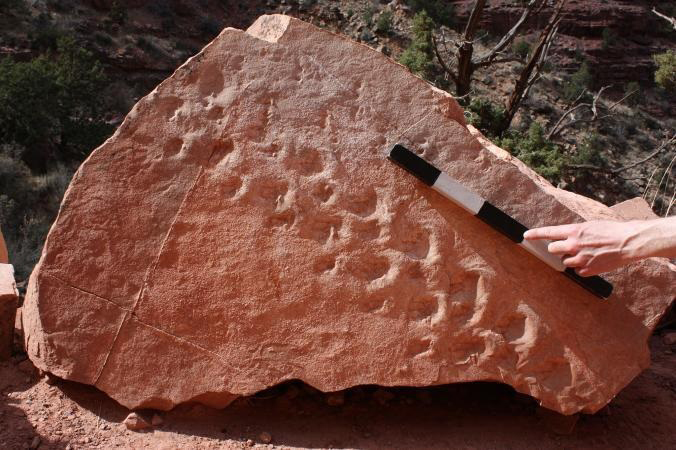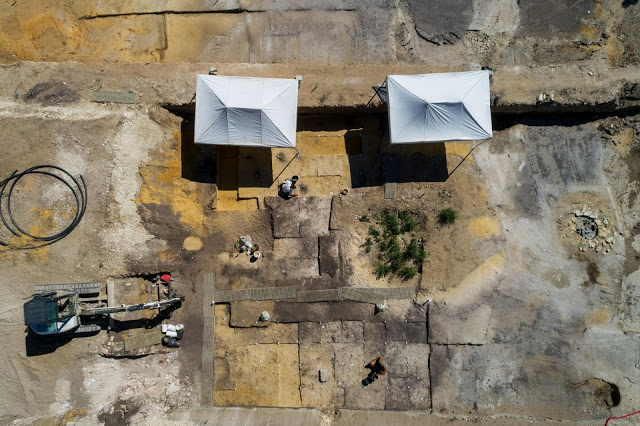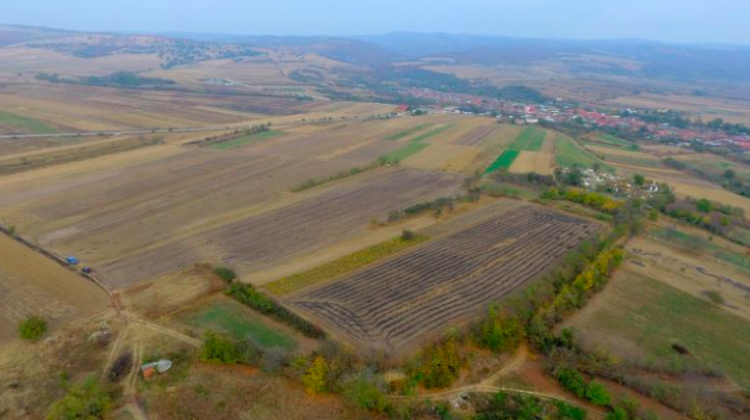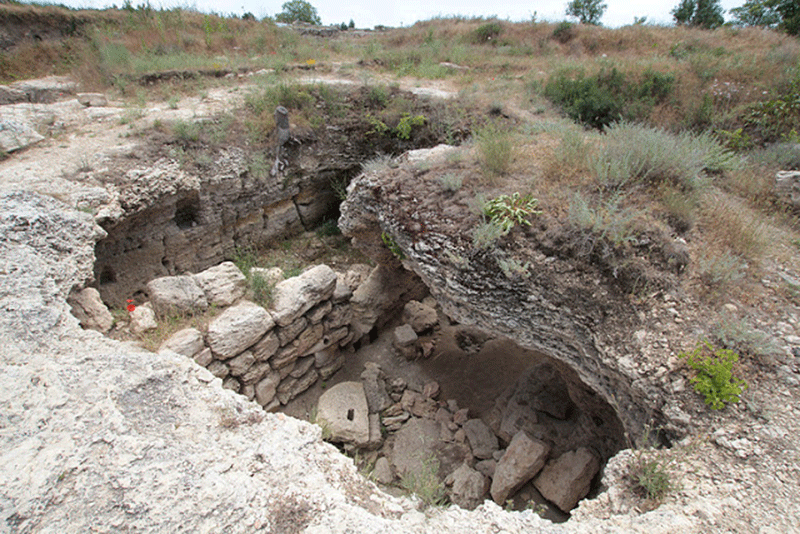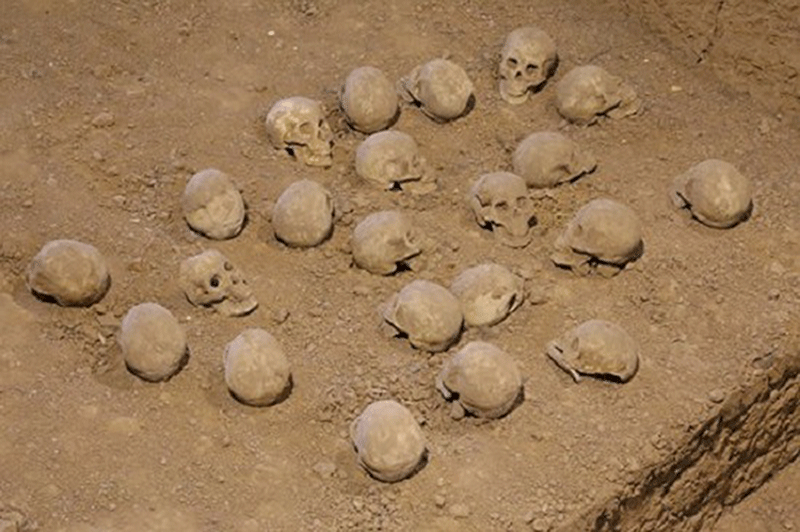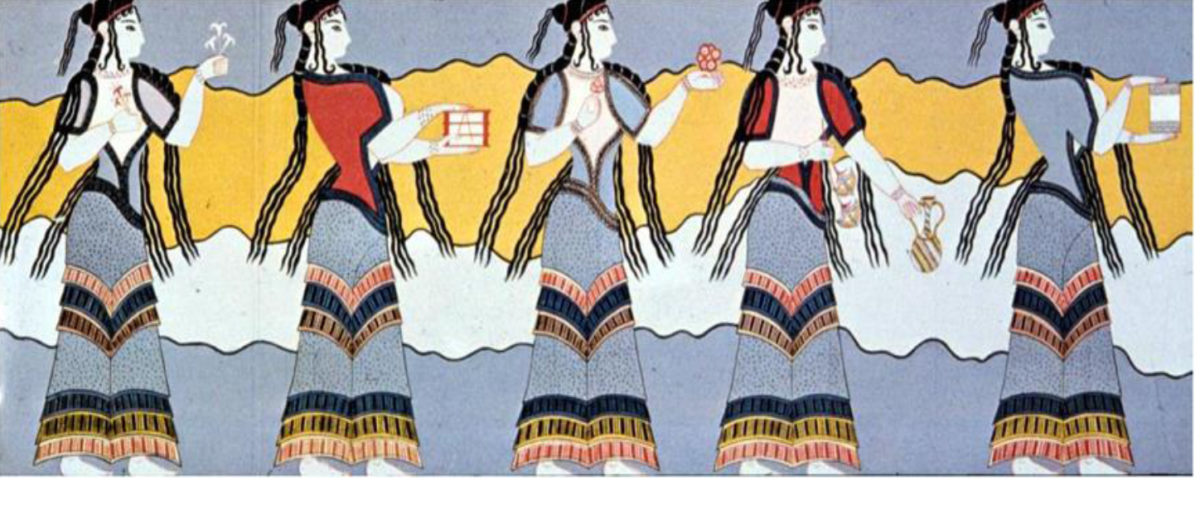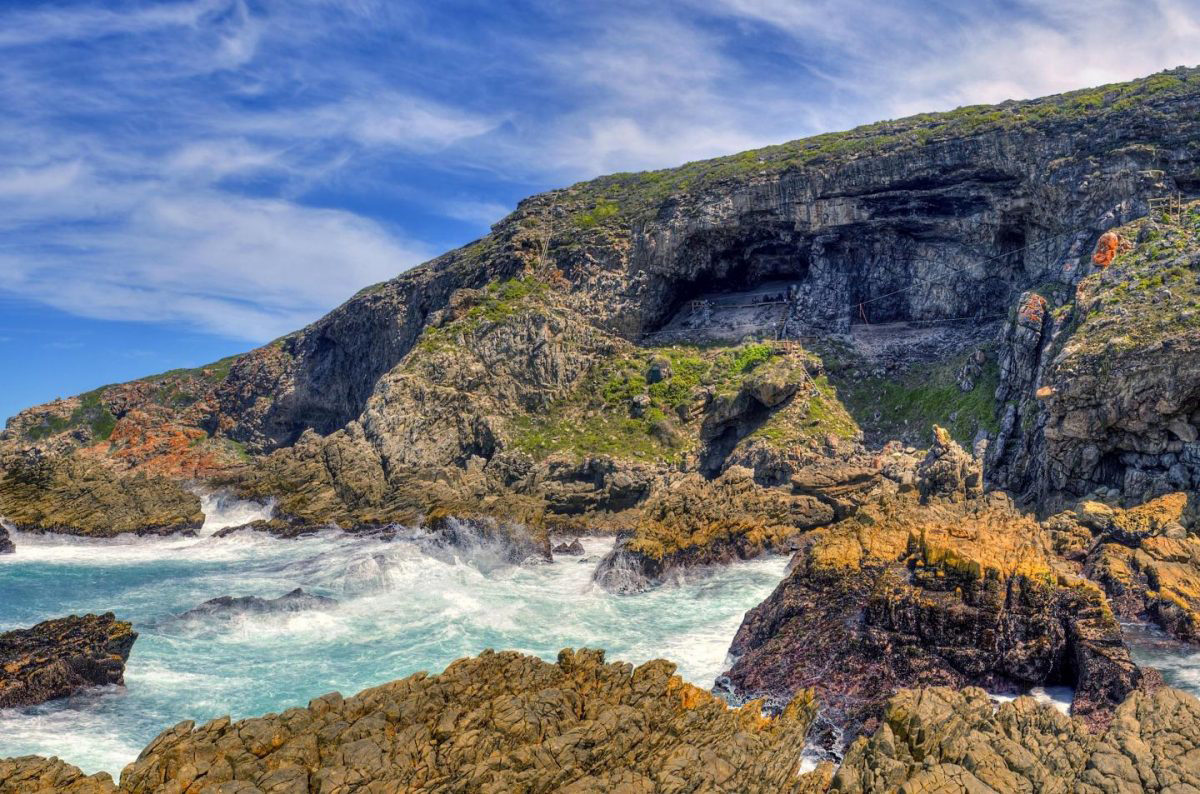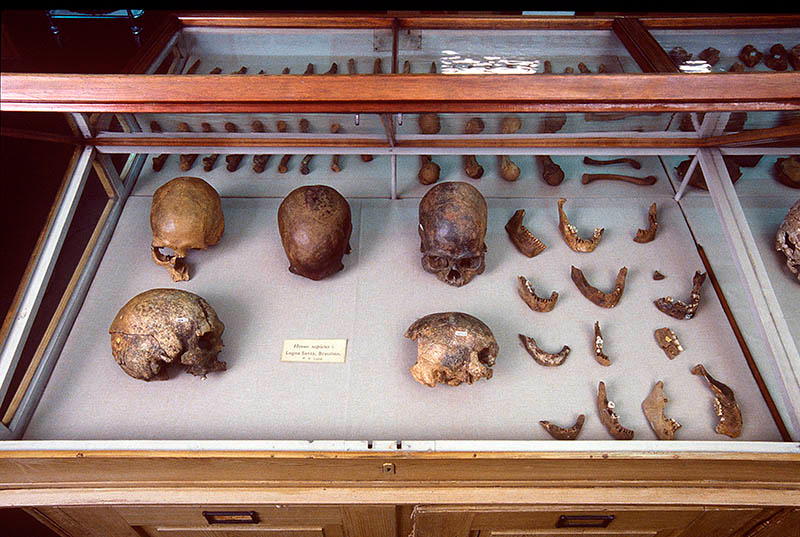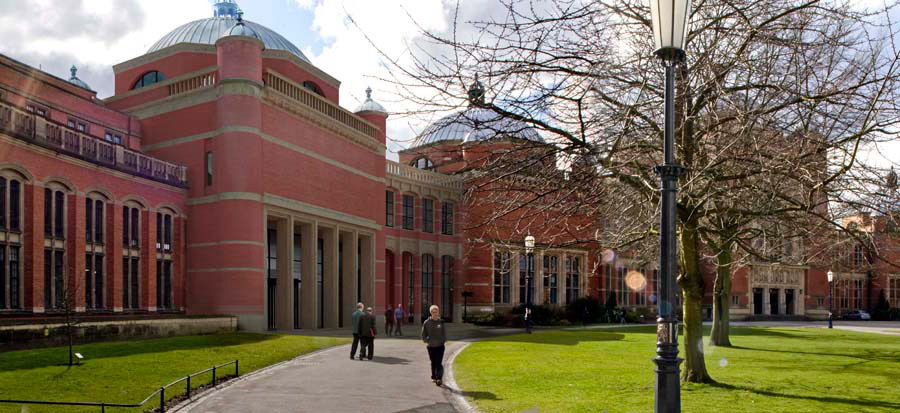David Hockney painting sold for $90.3 million
The painting, which became one of Hockney’s cult works, features on the covers of many books on the artist.
2,200-year-old Greek inscription found in NW Turkey
Turkish archaeologists investigating a ancient villa in northwestern Turkey have uncovered a Hellenistic inscription.
Israel: Possible vanilla chemicals in a Bronze Age tomb
At the Bronze Age site of Megiddo archaeologists have found traces of two major chemical compunds in vanilla extract in three jugs.
4,000-year-old termite mounds found in Brazil are visible from space
A vast array of regularly spaced, still-inhabited termite mounds in northeastern Brazil—covering an area the size of Great Britain—are up to about 4,000 years old.
The Co-Museum in Athens and Thessaloniki
A conference about synergies, coalitions and partnerships between museums, cultural initiatives, civil society and beyond.
Repatriation of the mosaic of Apostle Markos to Cyprus
The mosaic was located in the Principality of Monaco by the Dutch private detective Arthur Brand, known for tracing major works of art.
Religious icons and coins in the possession of a couple in Epiros
The whereabouts of the confiscated artefacts is at present being fully investigated.
Fish teeth mark periods of evolution
Elizabeth Sibert is rewriting the story of how the asteroid impact that killed off the dinosaurs affected fish, and she's doing it one tooth at a time.
The fresco “Leda and the Swan”
The fresco was discovered during stabilisation and re-profiling works on the excavation fronts in a cubiculum (bedroom) of a house along Via del Vesuvio.
The ‘Swiss Army knife of prehistoric tools’ found in Asia, suggests homegrown technology
New analysis of artefacts found at a South China archaeological site shows that sophisticated tool technology emerged in East Asia earlier than previously thought.
Copying (in) the Past: Imitation and Inspiration Stories
The exhibition attempts to approach the multi-faceted phenomenon of copying in the past and the present and its innumerable expressions.
2-metre-long prehistoric tusk found in Amyntaio
It was found by PPC employees while clearing earth from a landslide at the mine of Amyntaio, Florina.
Tiny raptor tracks lead to big discovery
Tracks made by dinosaurs the size of sparrows have been discovered in South Korea by an international team of palaeontologists.
The Archaeological Museum of Corfu is open once again
Housed in the two-storey Archaeological Museum of Corfu are archaeological finds from the entire “island of the Phaeacians″.
Tiny footprints, big discovery
A set of 28 footprints left behind by a reptile-like creature 310 million years ago are the oldest ever to be found in Grand Canyon National Park.
Not so dangerous: Neanderthals and early modern humans show similar levels of cranial injuries
A team of researchers led by Professor Katerina Harvati has shown that Neanderthals sustained similar levels of head injuries to the earliest anatomically modern humans in Eurasia.
Late Palaeolithic Site Unearthed In Southwestern France
Preventive excavation on the Renaudin Islet, located in a sector that is poorly known from an archaeological perspective.
Scientists have determined the layout of the Roman fort in Pojejena
We now know the layout of a large Roman fort in Pojejena in western Romania, on the Serbiam border.
An ancient Greek settlement was found in Crimea
Archaeologists excavating in eastern Crimea have discovered an ancient Greek settlement which had been previously unknown.
Findings in China yield evidence of early medical treatments
Excavations in central China have yielded evidence of early craniotomy more than 3,000 years ago, shedding light on medical treatments at the time.
The Mycenaean Priesthood through the Linear B Tablets
The 2nd meeting of the Mycenaean Seminar presents Dr. Aspasia Gkioka (archaeologist).
Experts find that stone tools connected communities
The tools – mainly blades and backed knives from the Howiesons Poort – were found in various layers in the Klipdrift Shelter, in the southern Cape in South Africa.
Ancient DNA analysis unlocks secrets of Ice Age tribes in the Americas Research
Scientists have sequenced 15 ancient genomes spanning from Alaska to Patagonia and were able to track the movements of the first humans as they spread across the Americas at “astonishing” speed during the last Ice Age.
Ph.D. funding opportunities at the University of Birmingham
Ph.D. funding opportunities at the University on offer by the AHRC Midlands4Cities Doctoral Training Partnership.

